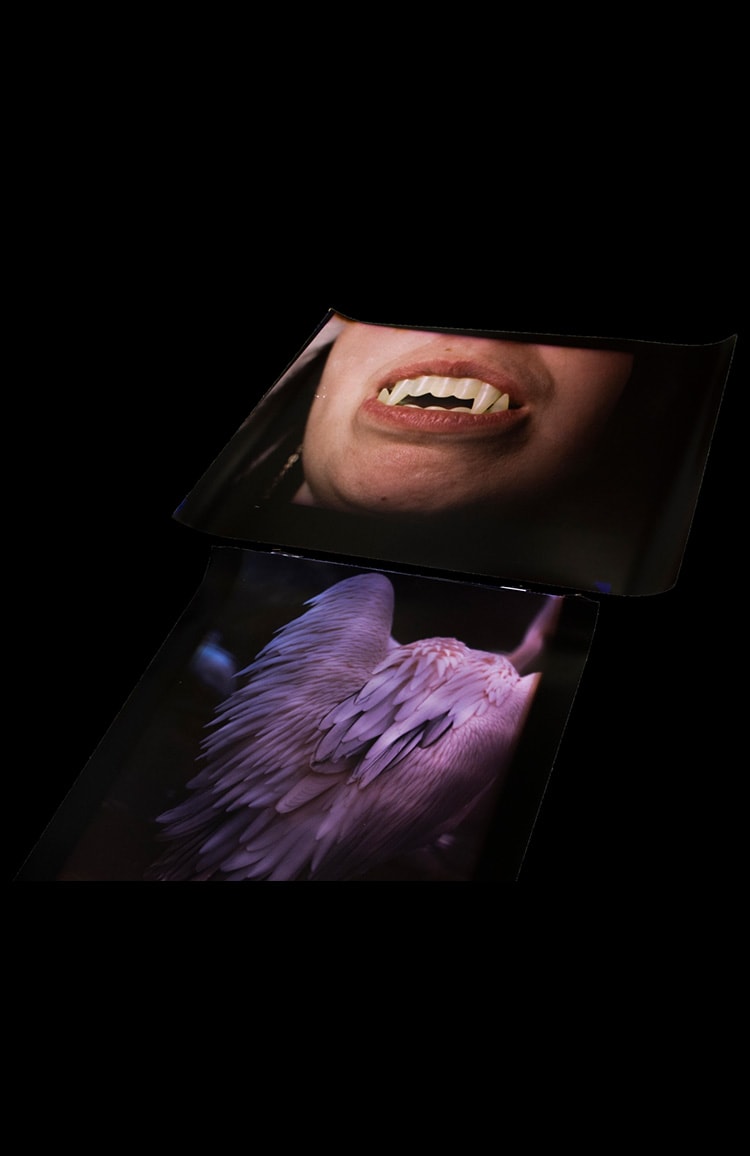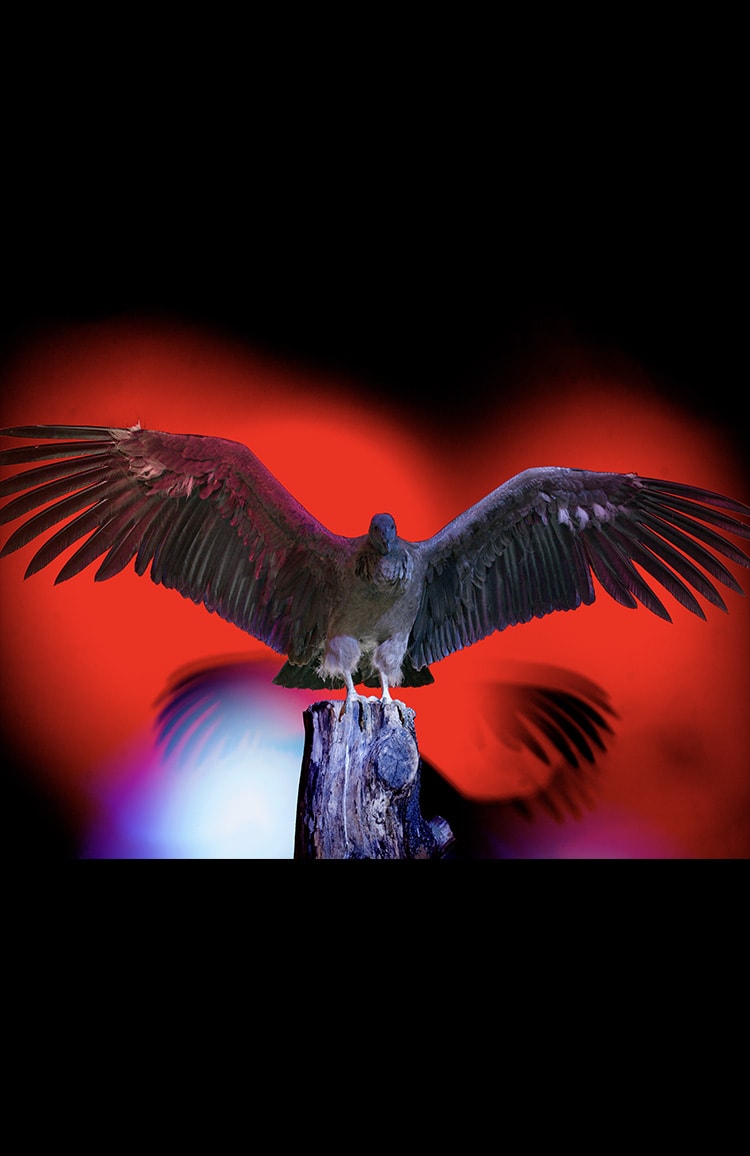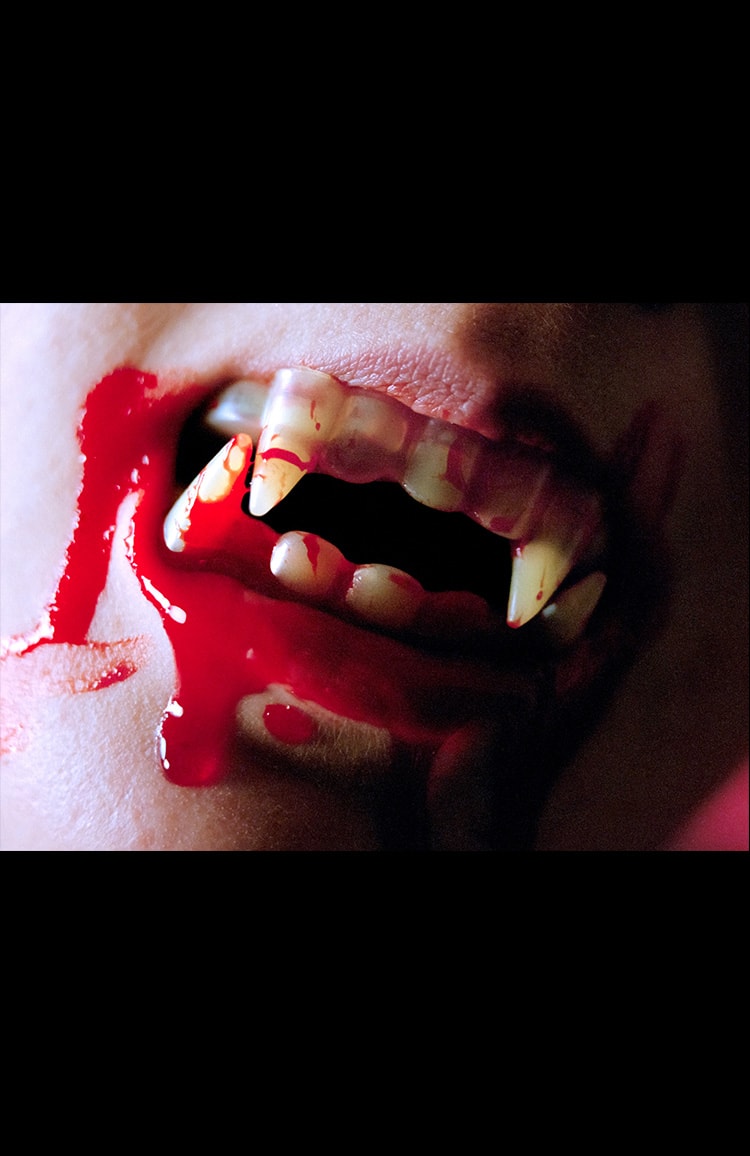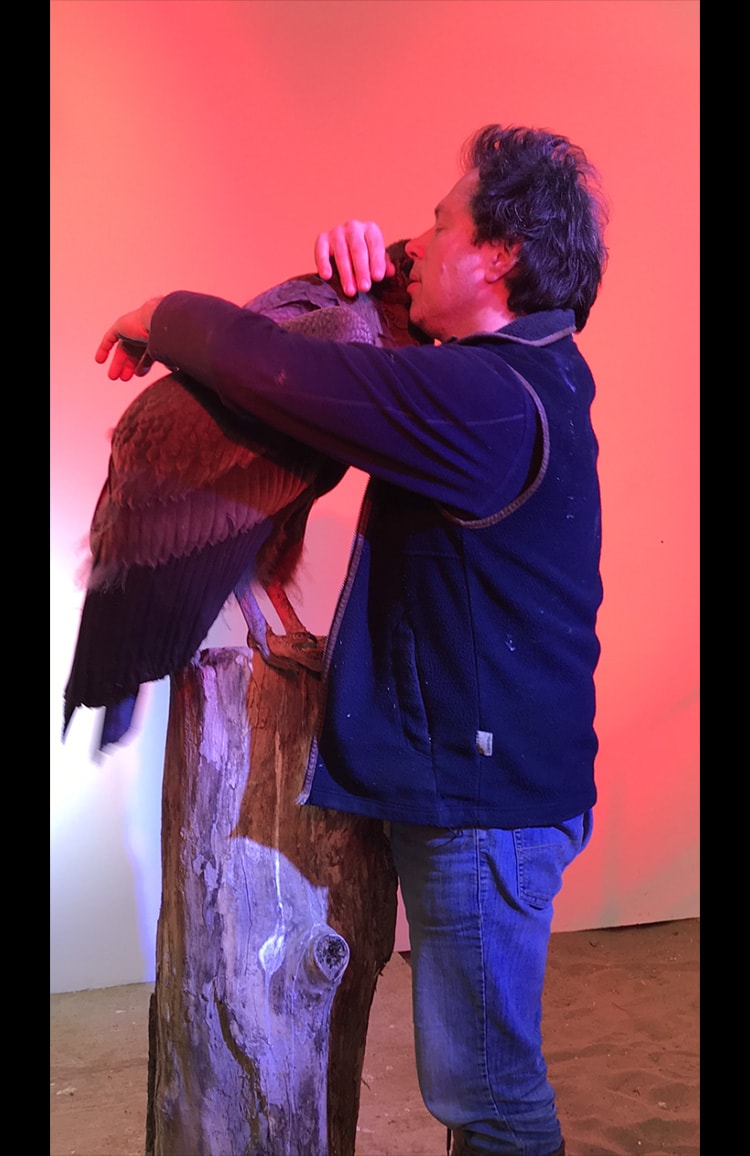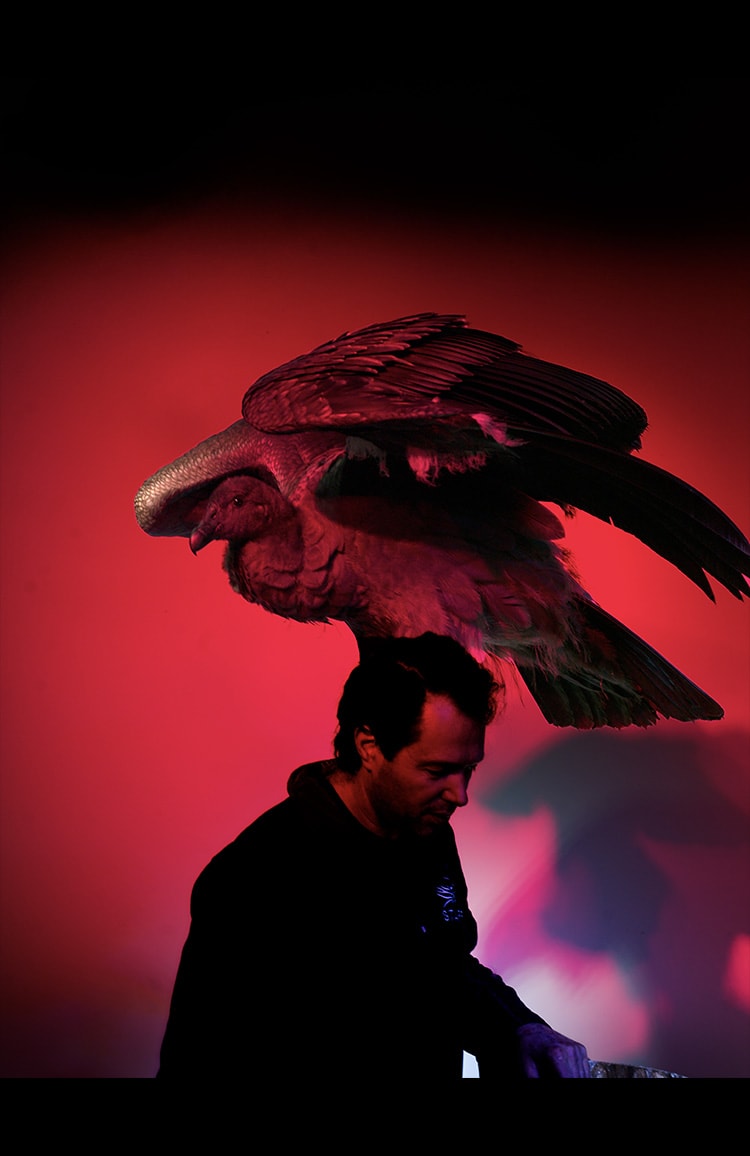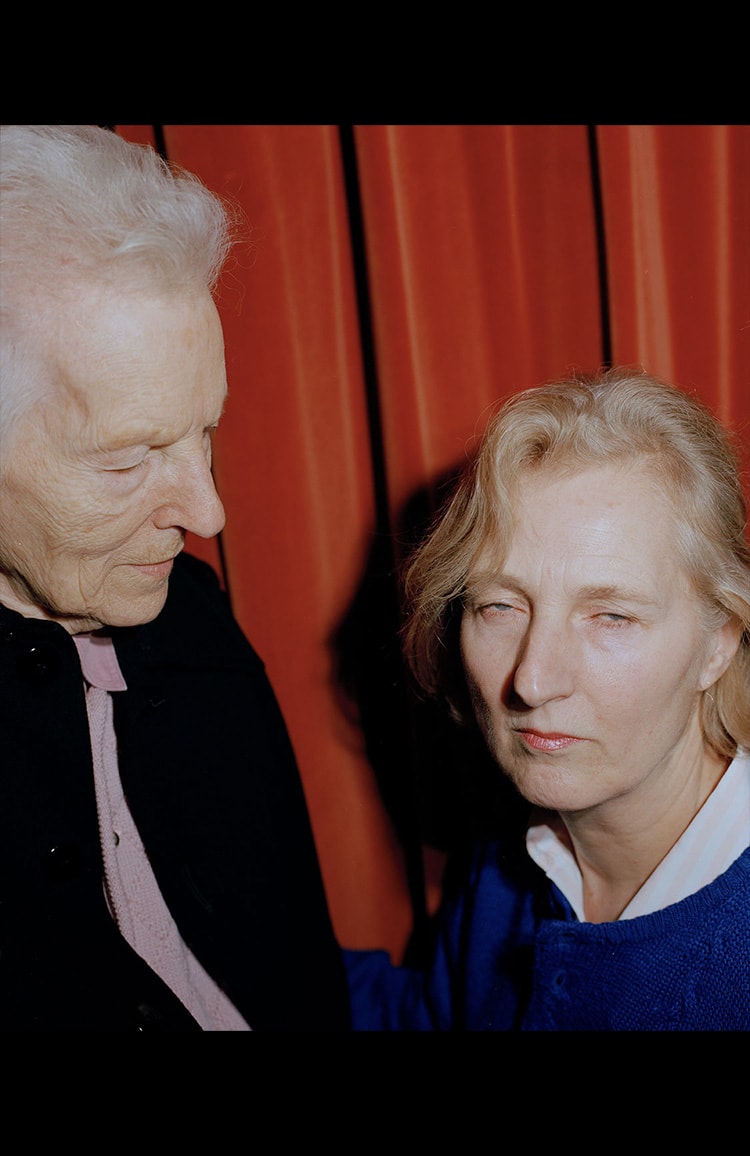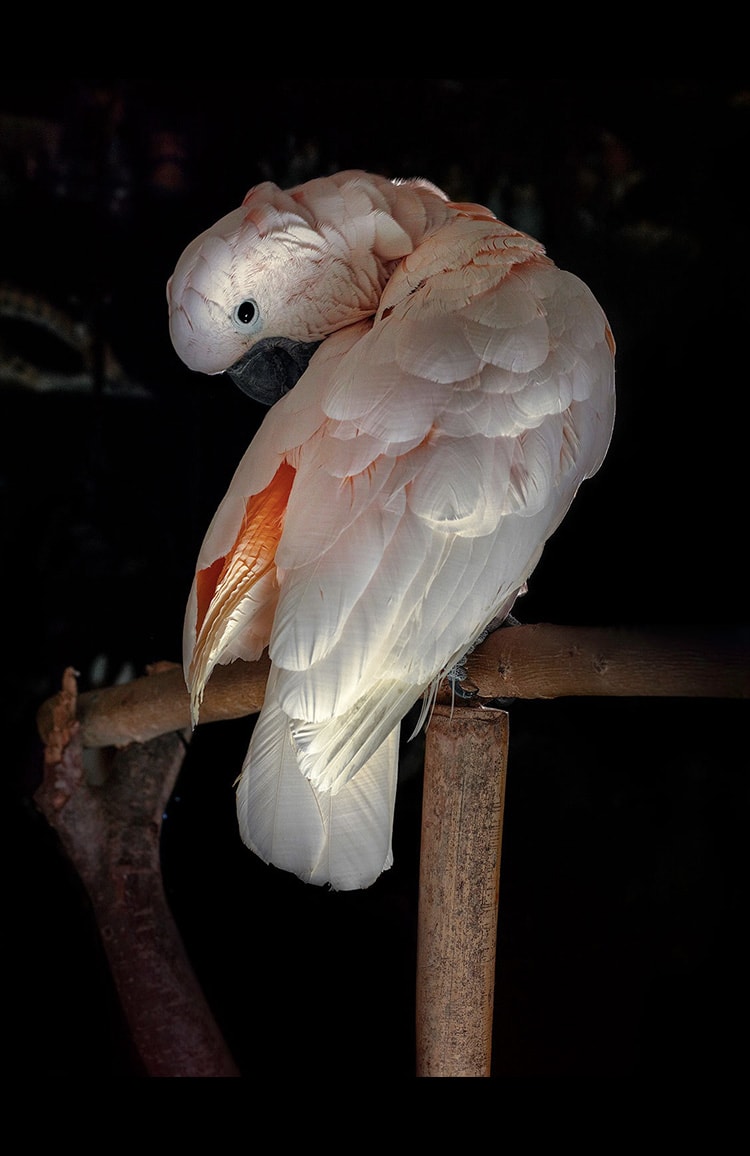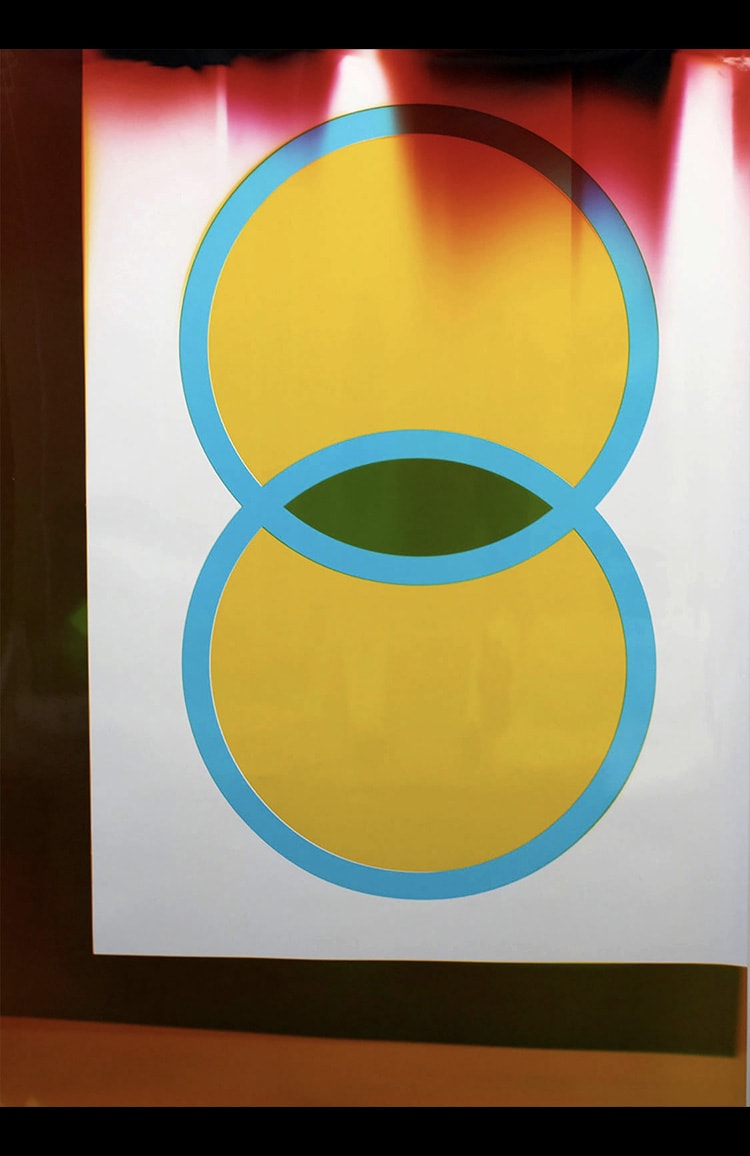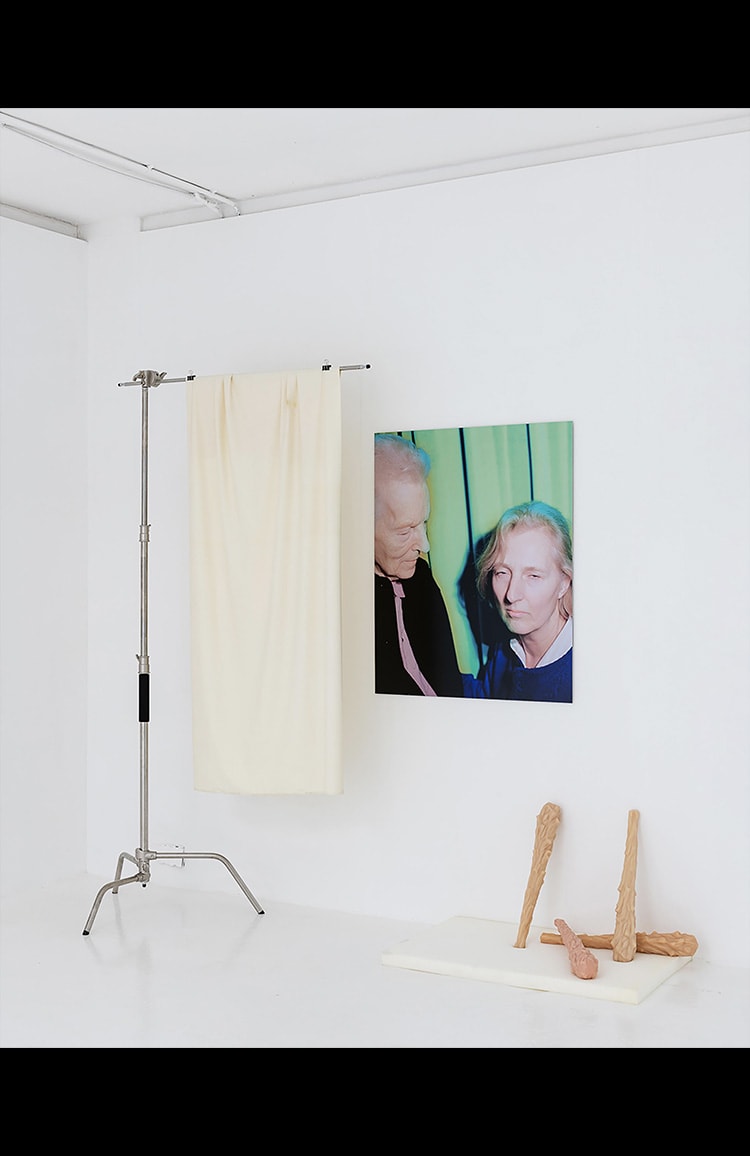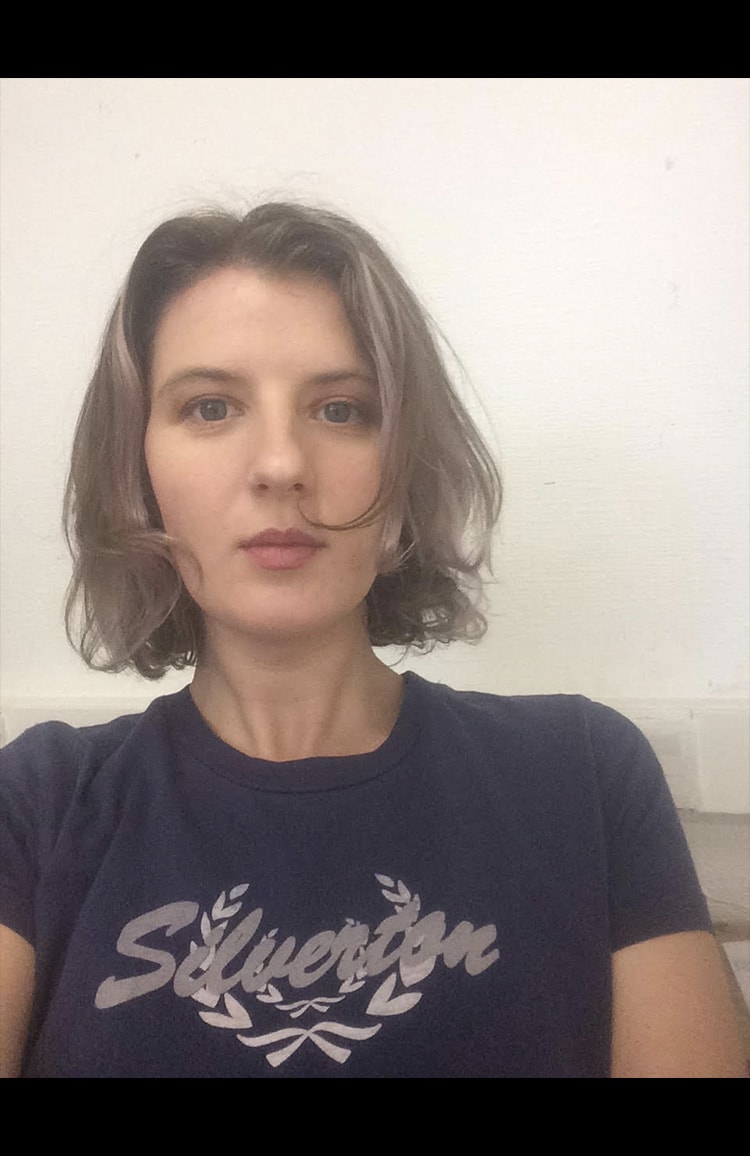IL__What was the process of making this work like?
SP__I was incredibly lucky to work with The International Centre of Birds of Prey for this work. Adam Bloch, who works for the centre, was kind enough to introduce me to his world (and his condors - Pookie and Paisley.) The work that conservationists are doing is beautiful and a real inspiration. It would be fantastic to keep working with the birds.
So with more and more of my work now, it's a process of dreaming, meeting the images and animals in my mind's eye, or when I'm asleep. Something calls to me, and I follow its trail. This can take me all over the place, and it's continuously exciting. With a lot of the animal work, I like to shoot digitally to make sure I get what I need and I always pre-shoot and keep shooting along the way in a film so I can have plenty of play material for the darkroom.
The darkroom is still an integral part of my practice. It's like a sketchbook to a painter. I happily go-between digital and analog, and I enjoy the clash, which is critically imposed on my work as a whole canon. There is something essential in remembering that process, and making is part of what I do. Physicality is necessary to the work to alchemize it past being just an image. I need to feel the work as an object, a monument to something that must be realized, released, worked on.
IL__Your main practice is photography. Looking through your previous work, I think your work can be categorised as “staged photography”. Do you take a lot of time to think through the concept before you start shooting? In your degree show "Lord Make Me Pure, But Not Yet" at the Royal College of Art, London, you presented three prints: "The Mothers" "Bella, Love Bird" and "Lord Make Me Pure, But Not Yet". They were installed in a room with a shiny black floor, and a white latex curtain was hanging on the wall. Do you consider installation to be a complementary device to your photography work, something added on at the end, or is your work only completed during the process of installation?
SP__I come from a photographic background and have been a complete slave to its intricacies; it is a heavily disciplined process. I do, however, consider myself an artist rather than a photographer and use whatever I need to express a point. My work always comes from a place of healing; a seed that needs germinating so that I as a person can move forward. By using the language of the archetypal and esoteric, I hope to transform my self-centered discoveries outwards to a universal metaphor. Sometimes this fails. In fact, I feel it continuously fails, which is why I keep going. I think the day I manage to express something so universally understandable, I may stop making art!
The floors and installation objects that accompany my works are a natural move towards a more sculptural practice, and each part, much like a film set, is there to enhance the message. I think you can see real development in the work ‘The Mothers.’ The degree show was the first shoot of an idea. In the next show, ‘Light observed’ at KAST gallery in Plymouth, curated beautifully by Damien Griffiths, you can see a total development and finalized resting place for the full sublimation of the piece.
IL__You completed your BA Critical Art practice at the University of Brighton in 2011. Is this when you decided to specialise in photography?
SP__I ended up on my BA by mistake. At the time, I was very young and not functioning as a whole, fully formed adult. Luckily, I scraped by in getting accepted on to the course, and it was the best thing that could have happened to me. It was heavily conceptual and philosophical and pushed me into a corner of complete self-evaluation. By being asked to learn a language that was foreign to me, this being the language of art it inforced a meeting between my mind and my soul that tore strips off me.
This led to a basic breakdown of my psyche and myself as I knew it and forced me to grow in a painful but essential way. This course, as any good degree should do, was the real making of me and gave me access to years of inspiration and work. I understood that the language of the subconscious was like any other language that needed to be learned and given time and patience. It was again here that I cemented my relationship to photography and learned the ways of the colour darkroom. I haven't looked back since!
IL__Why did you decide to enrol in the MA photography course at the Royal College of Art in 2016?
SP__My decision to attend the RCA came as I stood looking at all of the works I had installed in my first solo show in Brussels. My gallerist went around pointing out all the chips and scratches and bending bits of photographic paper falling off their mounts and I realized I still had a lot to learn. Another failure, I guess, that pushed me to another fantastic journey. I am very grateful to my gallerist to this day, even though I wanted to kill her at that particular moment!





